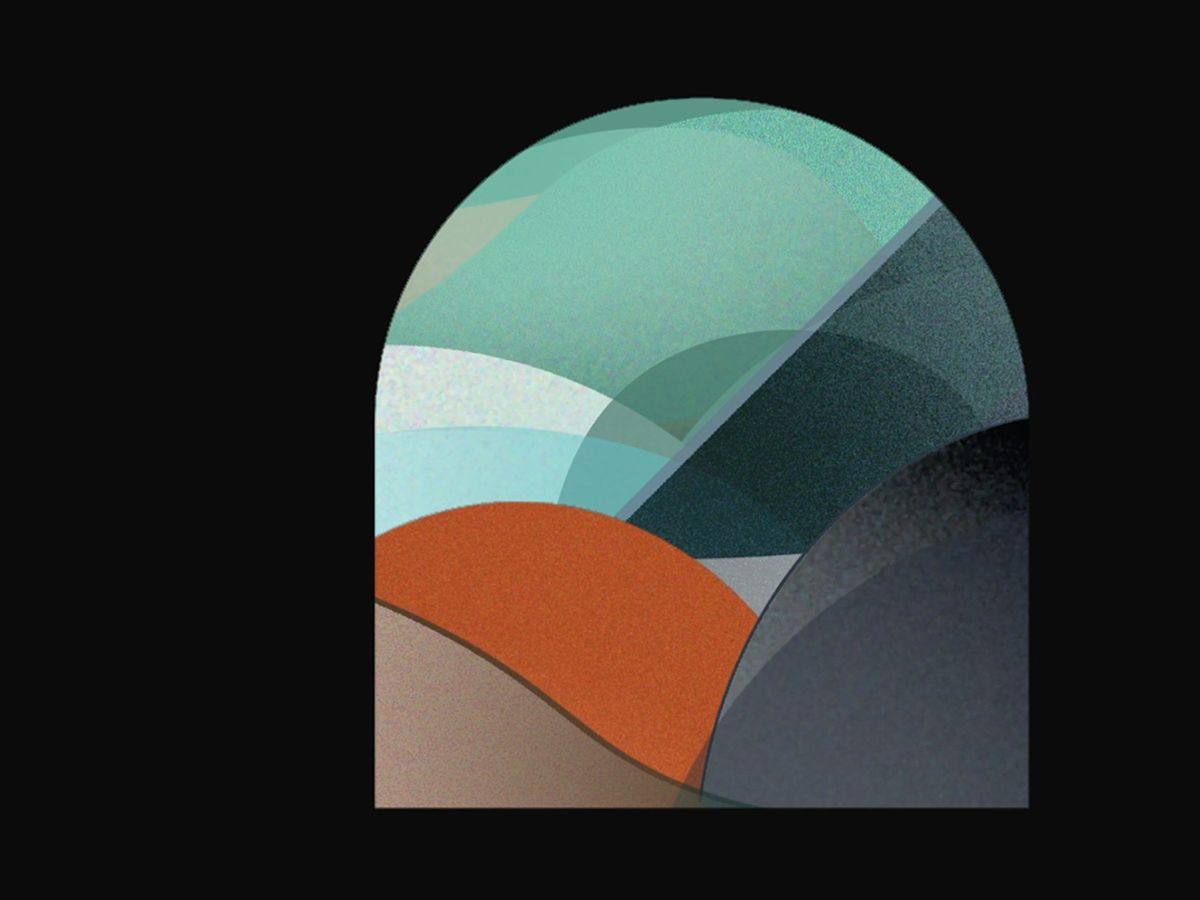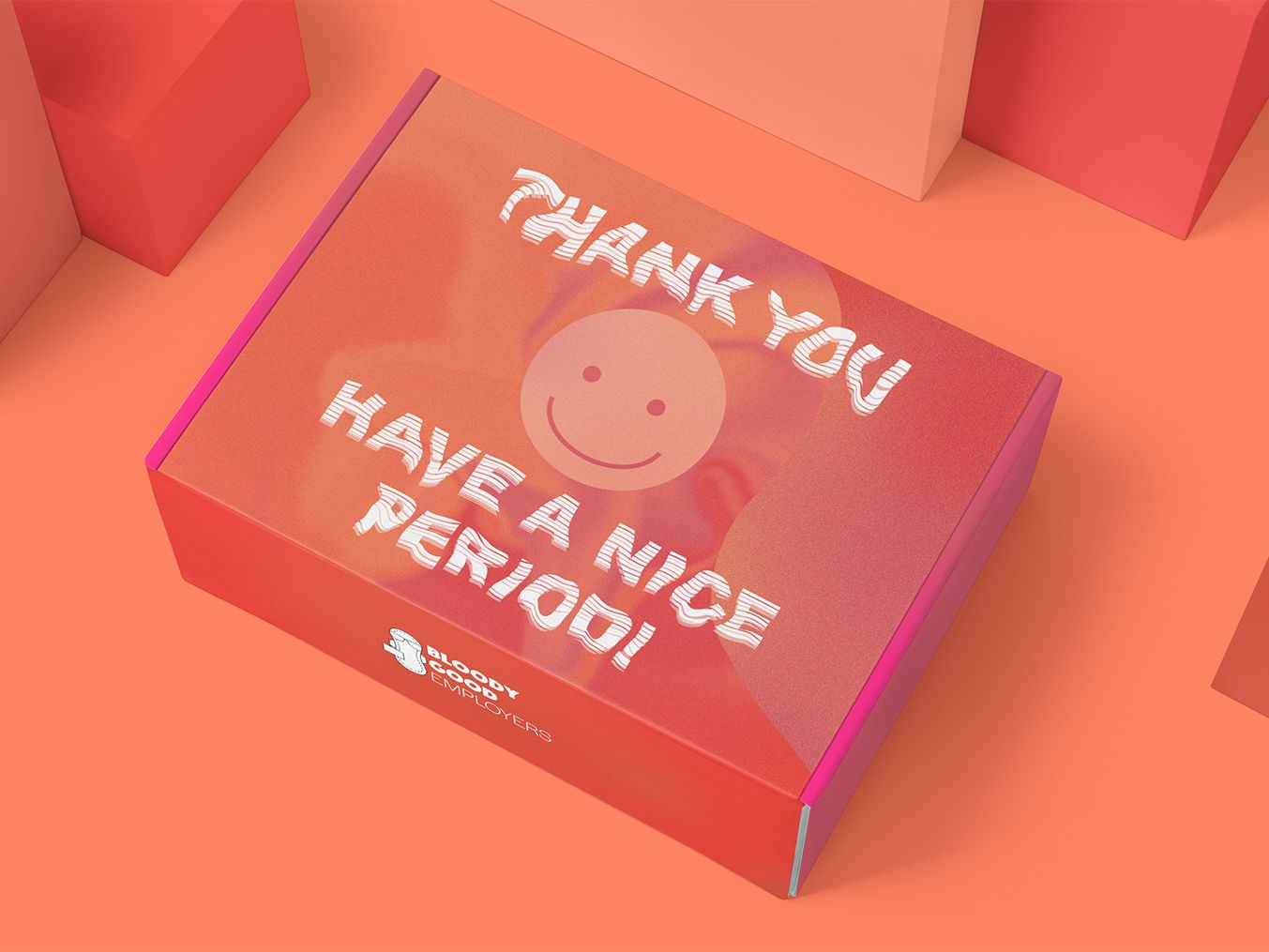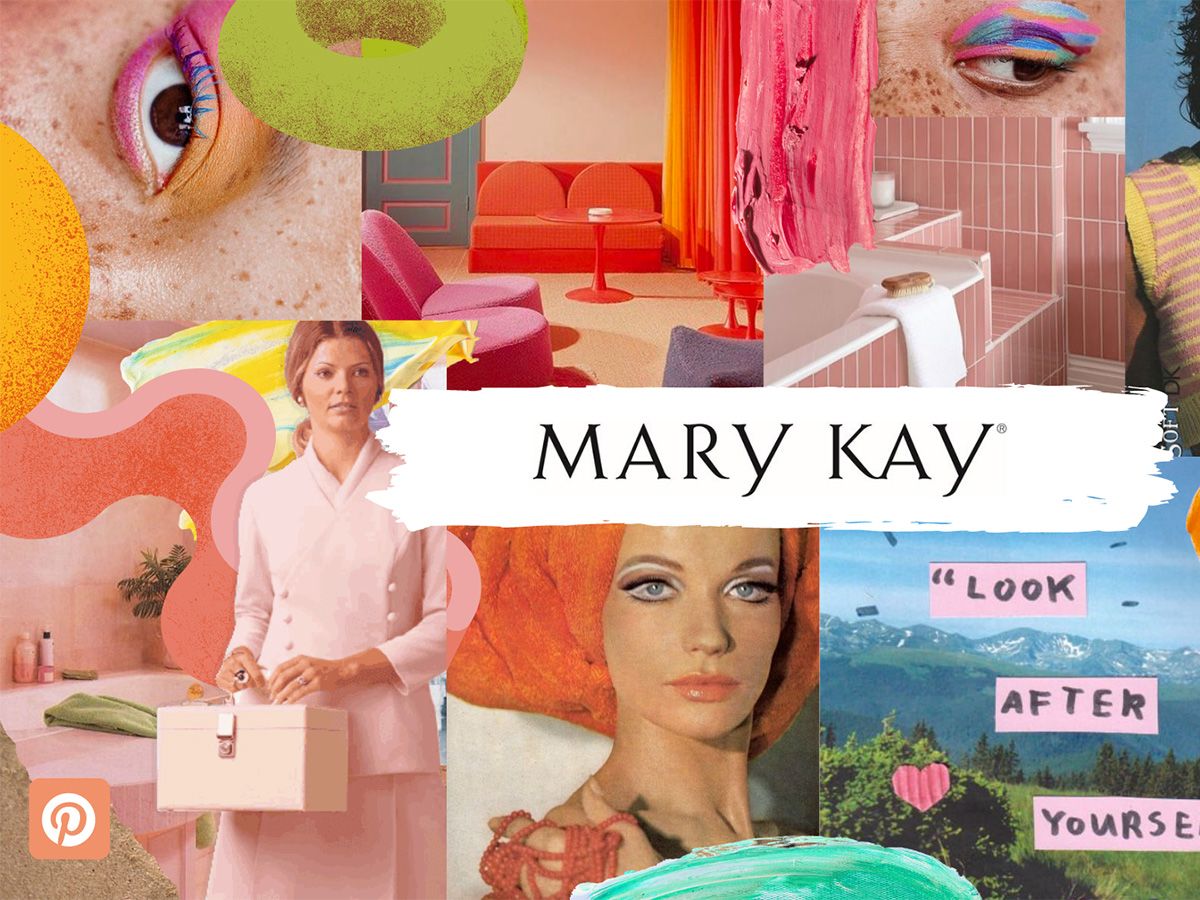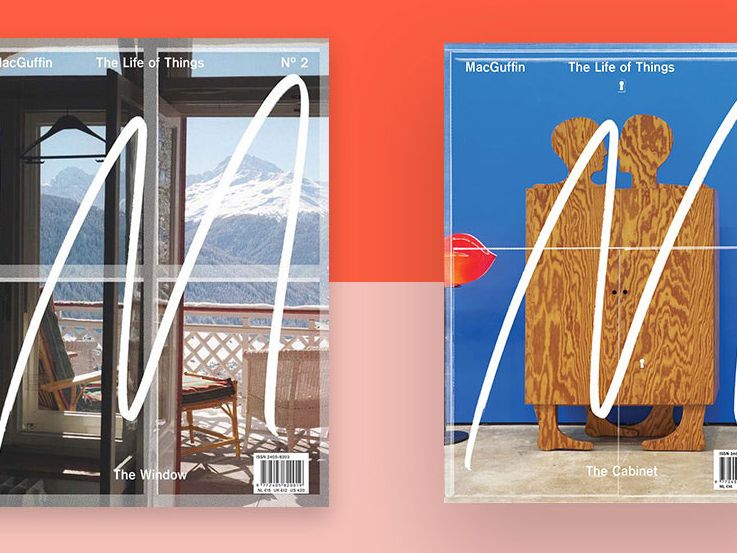The evolving nature of technology drives change across the creative industries. As practitioners engage with new ways of sparking ideas and generating work with data, they not only begin to reshape their disciplines, but also the wider contemporary landscape.
One of the key ways of encouraging emerging talent to explore the possibilities of digital innovation is by connecting industry with education. In Spring 2021, students from BA (Hons) Graphic and Media Design at London College of Communication (LCC) were given the opportunity to collaborate with the team at global creative studio FutureDeluxe, who supported them to explore some of the latest developments in design, technology and moving image.
Working across a 6-week programme, second- and third-year students were asked to imagine ways in which sound could be translated into visual forms. With a focus on experimenting with new technologies and approaches outside of their usual areas of practice, they investigated the potential offered by software such as Blender and techniques such as 3D modelling before presenting their final work for feedback and advice on how they could push their ideas even further.
The project not only enabled LCC students to develop their skillsets, but also provided a vital connection to teams working within the professional creative space. Offering key insight into the agile nature of life in a leading agency, 11 members of the FutureDeluxe team complemented the ideation and development process by giving helpful presentations around creativity and design, where they also answered a range of questions around career paths, design approaches and the application of technology.
“Aspirational visual experiences for future-facing brands”
With offices spanning London, Sydney and Los Angeles, FutureDeluxe is home to a diverse group of artists, directors, designers and creative technologists who are passionate about crafting aspirational visual experiences for future-facing brands. Working from concept through to final delivery, the team collaborate with global names such as Samsung, Nespresso and Converse to explore, imagine and define their future visions.
With a commitment to changing both their studio and the wider industry for the better, FutureDeluxe have recently begun partnering with a number of art and design institutions to tackle creative inequality at a grass-roots level. The collaboration with LCC is one of their latest initiatives aimed at educating, influencing and encouraging more diverse emerging artists to join the creative sector, and aims to support a broader and more representative range of practitioners to become role models for future generations.
We caught up with Remi Abayomi, Managing Director of FutureDeluxe, and Svet Lapcheva, Executive Producer and Client Partner, to discuss their experience of collaborating with LCC.
Colour on Colour | FutureDeluxe
Why did you feel that collaborating with LCC was a good fit for FutureDeluxe?
There were 2 key reasons that LCC felt like a very strong fit for us:
Firstly, the BA (Hons) Graphic and Media Design course is focused on preparing students for ‘the future of design and emerging technologies’. When we read this, we realised that it couldn’t be a more perfect fit for our values, purpose and the way we think at FutureDeluxe. We’re a design-led studio, and our purpose is to ‘Create the Future’. This might sound lofty and dystopian, but what we mean by that is to create work which feels like it’s completely new, fresh and altogether different from anything you’ve seen before.
Essentially, we never look back at what has been done before, but we are inspired by the future. And to get there, we experiment; and often, emerging technology plays a big part in this experimentation in order to unearth and discover new design aesthetics and visual experiences.
Secondly, the demographic of the LCC student-base is around 70% female and 40% BAME (Black and Minority Ethnic), which proved to us that by speaking to a wide group of students from LCC, we would by definition be speaking to a diverse group of future artists. This is important to us as part of our focus on diversity, equality and inclusion; and, more specifically, our mission to inspire more young artists from diverse backgrounds to enter the motion design industry.
How have our students been able to support your work through their ideas and concepts?
It’s been great to see such an engaged audience - so many students trying tools and media outside their comfort zone and regular practice.
For us, as both a studio and as artists, it’s been really refreshing to see that our experience and knowledge can inspire students to take their own practice further. We were most curious to be given an insight into their process; a lot of the students had tried various new pieces of software and worked around time and technical limitations to produce their work.
Exploring computer graphics (CG), animation, sculpture and more, each of them had taken a direction that was aesthetically and conceptually different. We found the frequent change of media and stepping outside the limitations of ‘CG-only’ very inspiring.

From an industry perspective, what were your highlights of the project?
There’s a misconception that work is somehow different to play, but as a company, we hope to stay playful in our practice. So, we wanted to demystify ‘the workplace’ and let students ask us anything throughout the 6-week period, so the project could be more of a conversation than a series of talks.
For us, the best part was meeting everyone, and seeing what they’d done. We conceived the brief as a generally digital-first assignment, so seeing sound, sculpture and installation ideas was a great surprise.
We were very aware that we’d asked everyone to try tools they’d never used before and present their work in progress - it’s a tall order. And when we saw everyone’s work and sketches, and learned about the pivots they’d taken to circumnavigate any technical difficulties (of which there were many, especially if it was their first dip into 3D software), it was really refreshing.
So much of what we usually see is polished, final work, and presentations are often about successful deliveries, but this project was about discovering your own process, trying things when you can, and letting go of control a bit - and everyone had absolutely nailed it by simply just trying things.
It’s a rare joy to see an artist’s process, and we loved that.
Why is it important for FutureDeluxe to connect with emerging creatives?
We focus on how we can tackle the lack of diversity in our company and the motion design industry as a whole. This means thinking about how we can address the imbalance today, but also by focusing on making long-lasting change for the future.
We set ourselves the mission of inspiring and encouraging more young artists from diverse backgrounds to enter the industry and become role models for future generations. By partnering with LCC and speaking to a large, diverse group of creatives, we hope that we're taking small steps towards influencing the industry’s future demographic.

BA (Hons) Graphic and Media Design students Homan Cheung, Sofia Sorace and Bibechana Pun all participated in the project and produced a range of exciting responses to the brief. They chatted to us about their passion for graphic design, the inspiration behind their ideas, and highlights from working so closely with industry.
How did you become interested in graphic and media design?
Homan: Back in high school, I was into illustration and painting before learning about the concept of graphic design. It all started after reading a book about branding, and it opened the door for me; visual languages, brands and customers, speculations of the economy etc. It showed me how diverse and interesting design can be in our capitalist landscape - especially relevant considering that I grew up surrounded by billboards and fancy malls in Hong Kong.
I thought I would be solely focusing on branding design during my first year at LCC, but as the course proceeded, I realised GMD is so much more than that, which made me slowly shift my direction to the realm of interaction design. The application and possibility of graphic design is broad, which is why I’m very keen on this area of practice.
Sofia: I was always interested in digital art; I thought graphic design was a perfect way of practicing it while also putting in a lot of thought.
Bibechana: I’ve always wanted to pursue a career in art, and I realised that through graphic and media design, I could explore every aspect since it covers such a broad variety of work.
Tell us about your creative practice - does your work reflect a particular style, technique or theme?
Homan: I would say that I often tend to put myself into others’ shoes. To me, graphic design is a bit like hospitality, but via visual aids; you design brands to help build shopping experiences for customers, and you design the user interface (UI) to help users navigate the system smoothly. Instead of doing whatever I like, I try to think: “What do others think and feel when they see or use a design?”
Sofia: I love digital media as I feel it allows me to create whatever I can imagine. I always like coming up with new, innovative and different ways to respond to briefs, and I think that digital is the best way to do it.
Bibechana: I find that my work is ever-changing because I discover new methods of working as I go along. I enjoy exploring a diverse array of aesthetics, which allows me to approach briefs with multiple perspectives. I like to think my creations are all a bit more abstract than pragmatic.

How did you find out about the collaboration with FutureDeluxe, and why did you want to take part?
Homan: My tutor, Owen Wells, approached me about this interesting collaboration, and I thought that it would be a good chance to learn and gain insights from a professional studio.
Sofia: I found out about the collaboration through a tutor recommendation. It’s a mixture of my two favourite things: digital media and music.
Bibechana: I was emailed with an invitation to take part in an experimental brief. After looking through the FutureDeluxe website, I accepted immediately because I saw it as an opportunity to learn a new process. Taking part helped me to find the motivation I needed to dedicate time towards learning a new skill that has now proven vital to my work.
What inspired your ideas throughout the collaboration, and how did you develop them?
Homan: Our project brief was simple: visualising sound. We were able to choose whatever sound we liked and visualise it in a format that we liked too.
My creative process aimed to change one’s impression towards recitation. In Hong Kong, recitation is an activity where students have to read a poem out loud - mostly in an old and bizarre style, but I’ve found many poems beautiful to read, so I wished to do something with the practice. Using P5.js, I collected the sound wave of a poem about the morning view in spring and turned the waveforms into mountains and landscapes using 3D software. I printed it out as a plate sculpture – as you pour water on it, the reflection of the landscape recreates the sound waves from the audio file while having a peaceful tone.
Sofia: I was actually stuck at first - when a brief is so simple, it can feel so complicated. I started by putting various things on speakers to see how they moved. Then, I experimented with Blender for the first time and absolutely loved it. I split my song into different files and applied it to various materials.
Bibechana: My process was mainly fuelled by the desire to learn a new programme and to expand my skill set. The more I learned of Blender, the clearer my final outcome became. I had also picked a song from a movie I’d watched recently (Kajillionaire) that had left an impression on me, and so I funnelled those feelings into my work.
What were your highlights of working on the project?
Homan: My highlight was trying out the process of 3D printing. It was my first time playing with this technology, and I’ve been having a lot of fun with it. The collaboration was also in March when the garden was in full blossom, so I was able to pick up a few flowers to help sculpt a better calm atmosphere when shooting photographs of my work.
Sophia: Definitely finding out about the ways Blender can react to sound. I also enjoyed seeing what other people did and how they all responded differently, which was really impressive.
Bibechana: I learned a new programme in a pretty short space of time, which has motivated me to start creating from a different perspective. I also really enjoyed listening to talks from the members of FutureDeluxe, and seeing work produced by my fellow students.

What have you enjoyed most about your time at LCC so far?
Homan: I really enjoy talking to people with different talents. Everyone's happy to help each other out by providing different points of view within their own disciplines. Also, the facilities and support received from staff has helped me out a lot throughout different projects.
Sofia: Thinking creatively. All through high school, I was taught to stick strictly to the instructions and do exactly what the task demanded. Now, not following the rules is actually encouraged. It took me a while to break out of my habit, but it feels really liberating, and I’ve become prouder of what I produce.
Bibechana: The range of facilities available to us is amazing! I've discovered a lot of new aspects of design since I came to LCC, and I love seeing what others are creating when I walk around the College.
What advice would you have for other students who are interested in exploring graphic and media design?
Homan: Try to be more experimental while you still have to opportunity and time to do so. I used to believe that my portfolio had to be practical and commercial, but the majority of directors I talked to say that they are more interested in our ways of thinking and idea development, rather than the shiny outcome or mock-ups in the end.
Sofia: My advice would be to try out as many different kinds of media as possible, and to never be afraid of experimenting. Starting out is always frustrating, but you’ll never know what you’ll end up loving, and everything opens so many opportunities to create new things.
Bibechana: It’s a great route to take if you love to push the boundaries of your creativity whilst also considering the practicalities of what you make.
Related links:
- Explore the work of FutureDeluxe, and read about their commitment to fostering greater industry diversity.
- Find out more about BA (Hons) Graphic and Media Design at LCC, and check out work from their latest graduates on the UAL Graduate Showcase.
- Learn more about our Design School.





